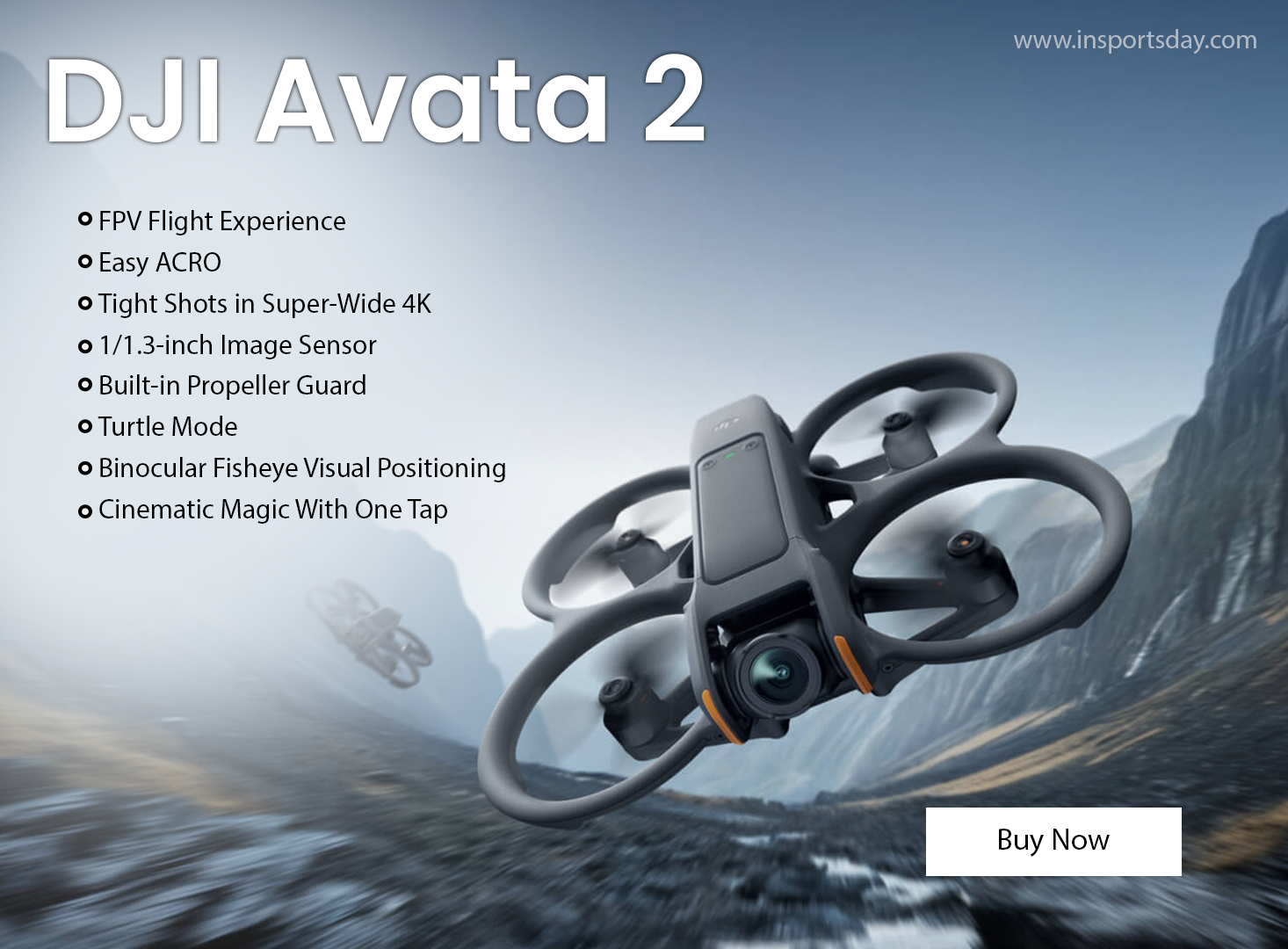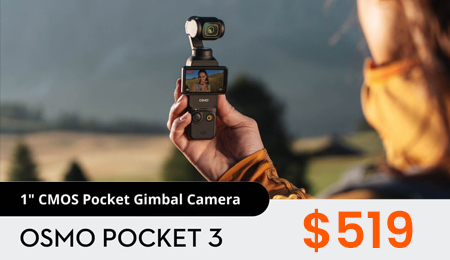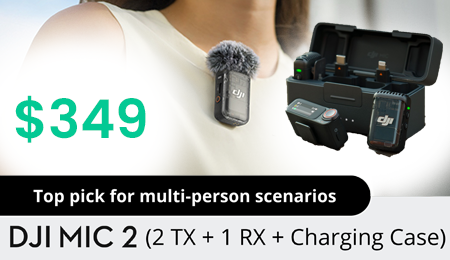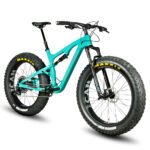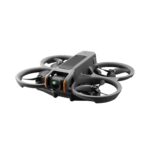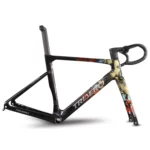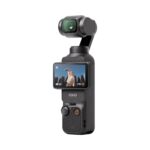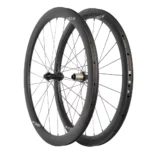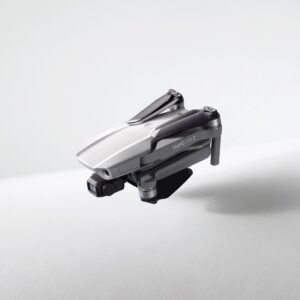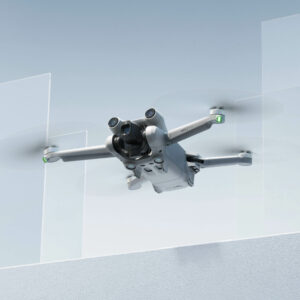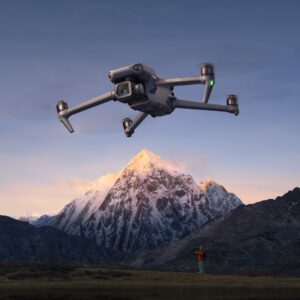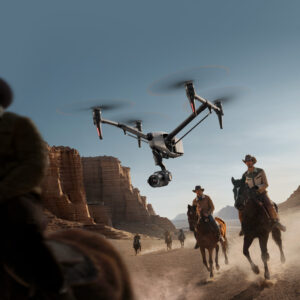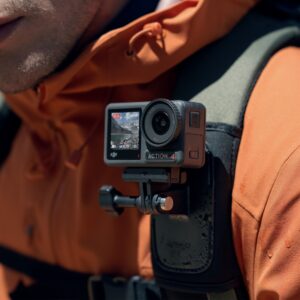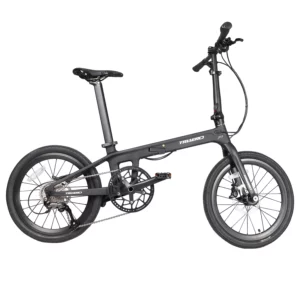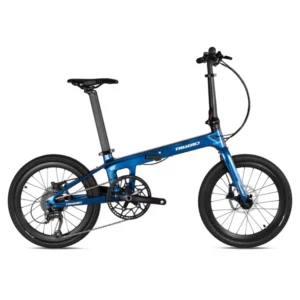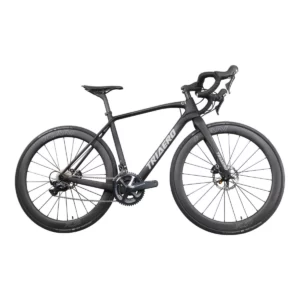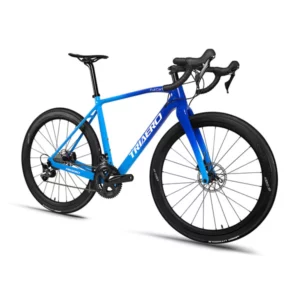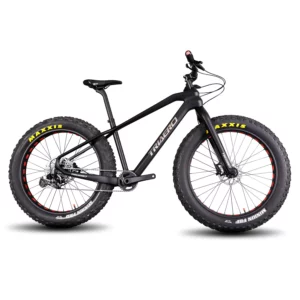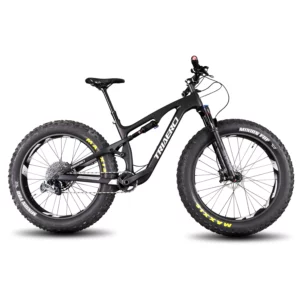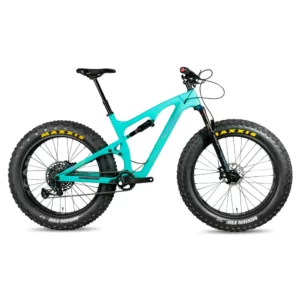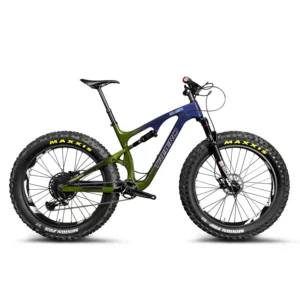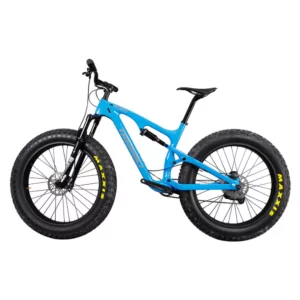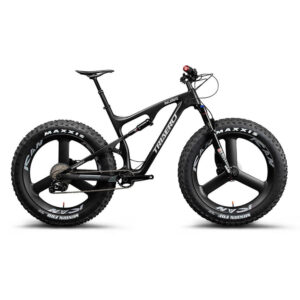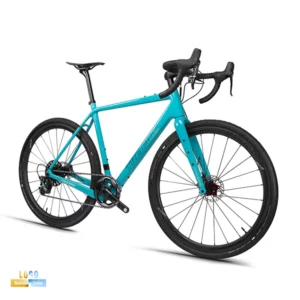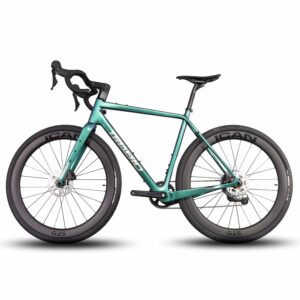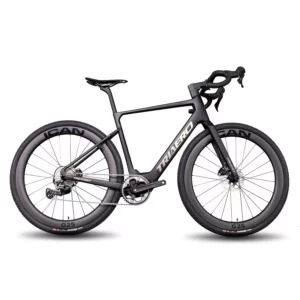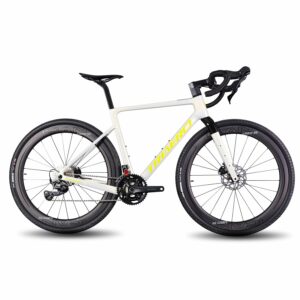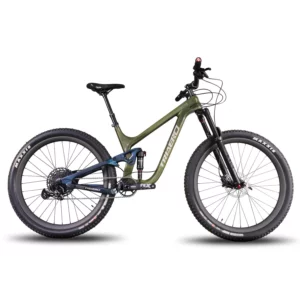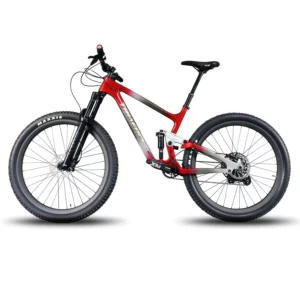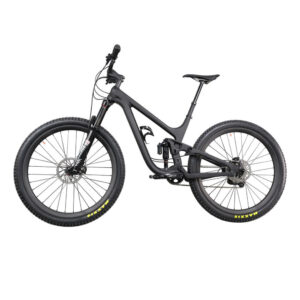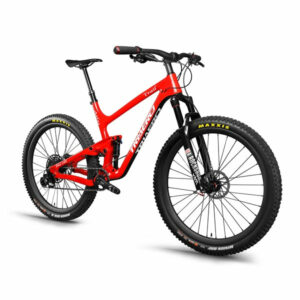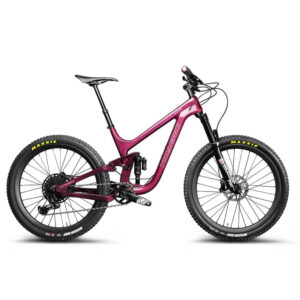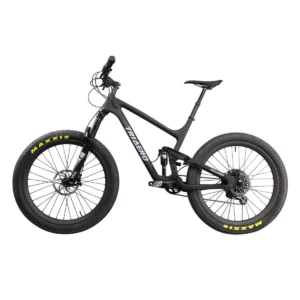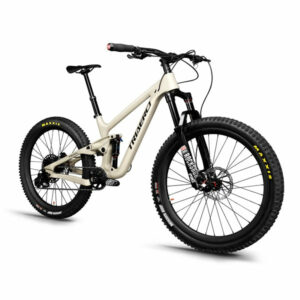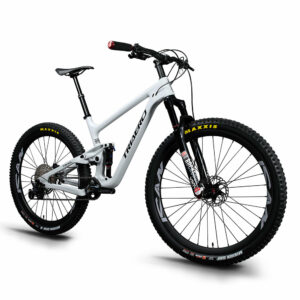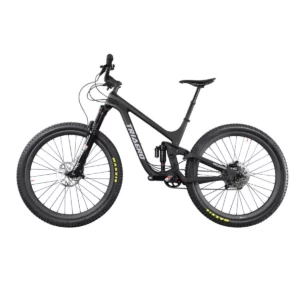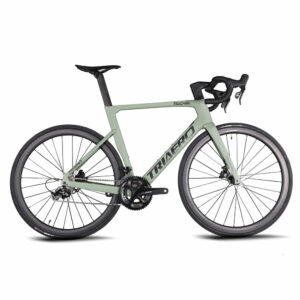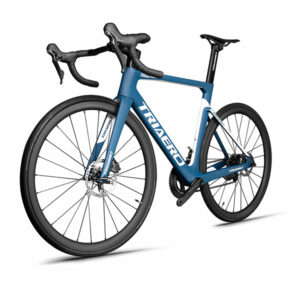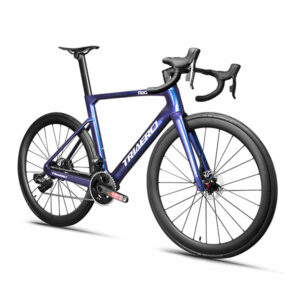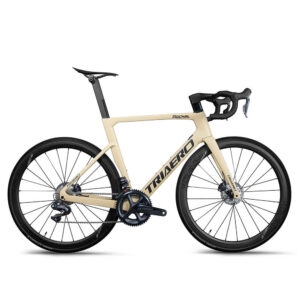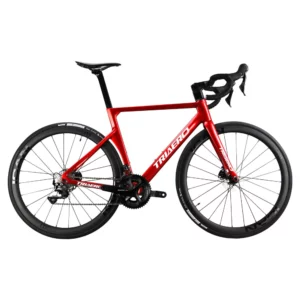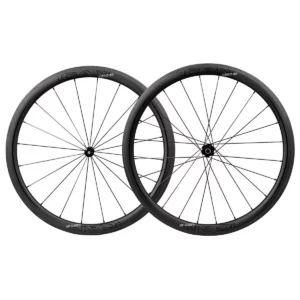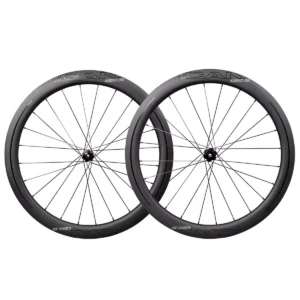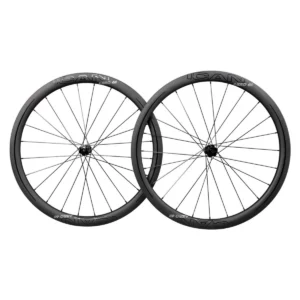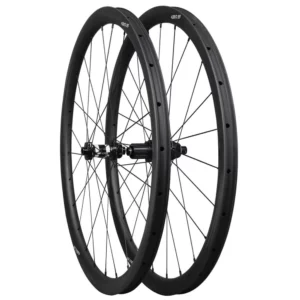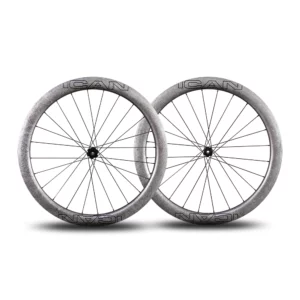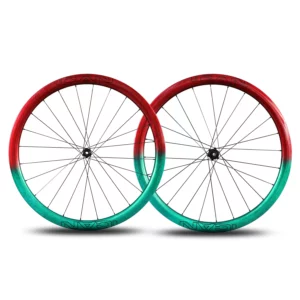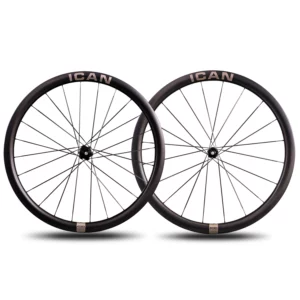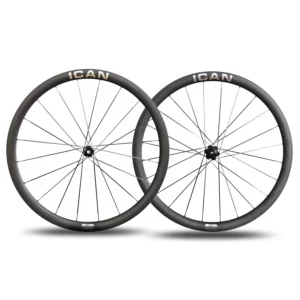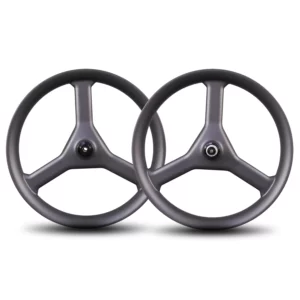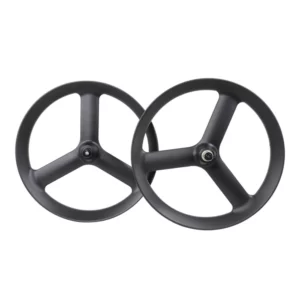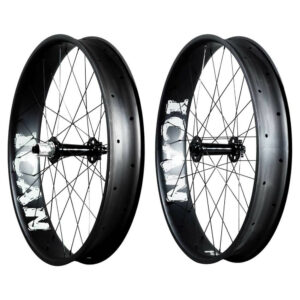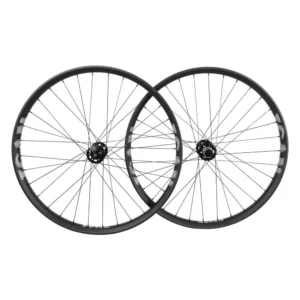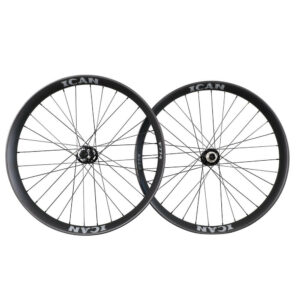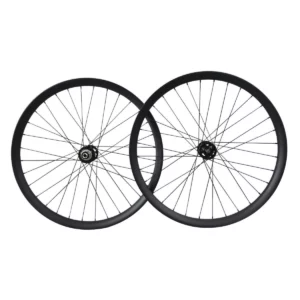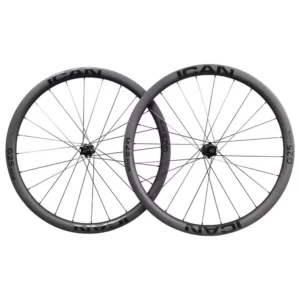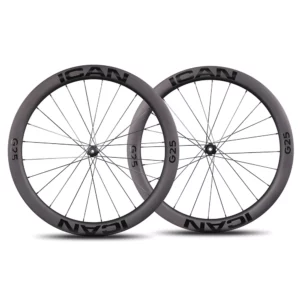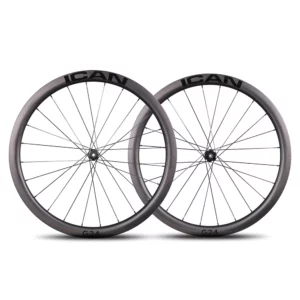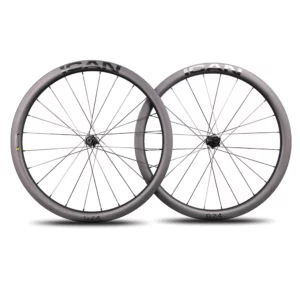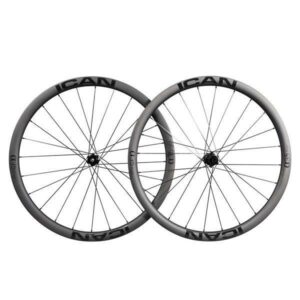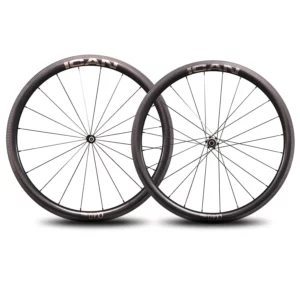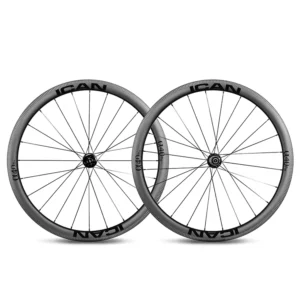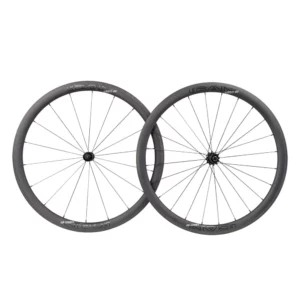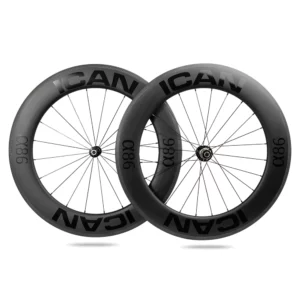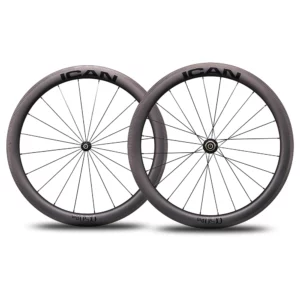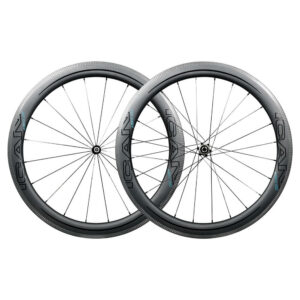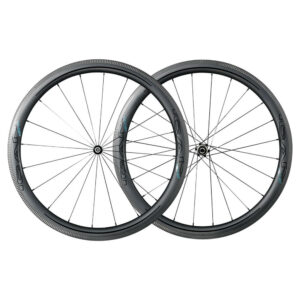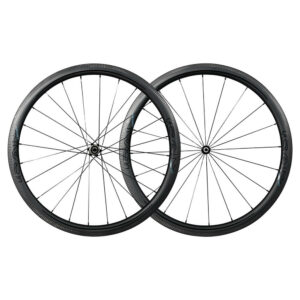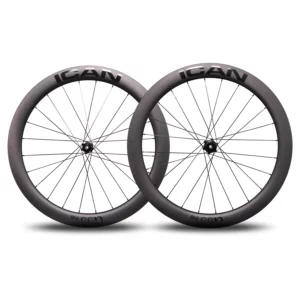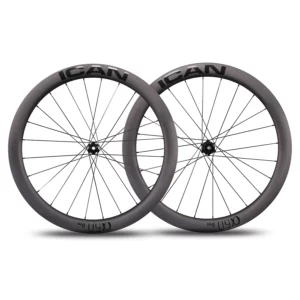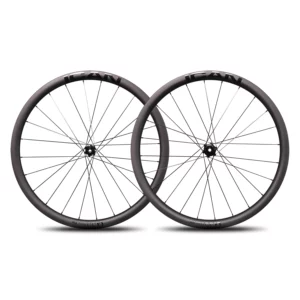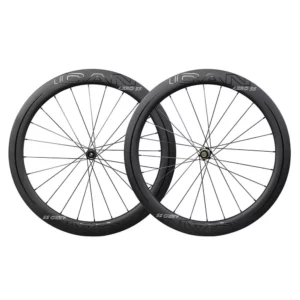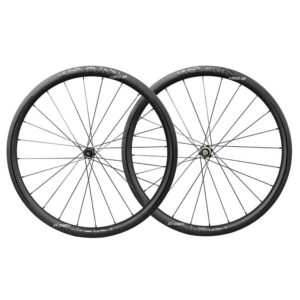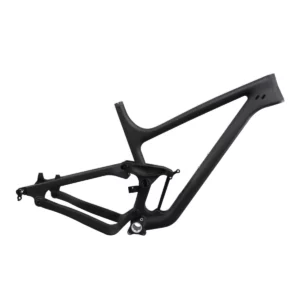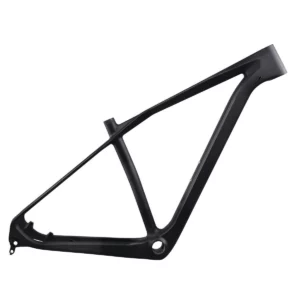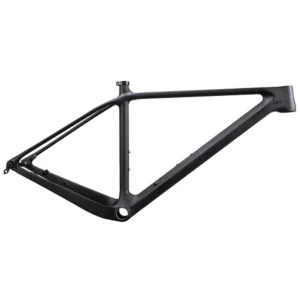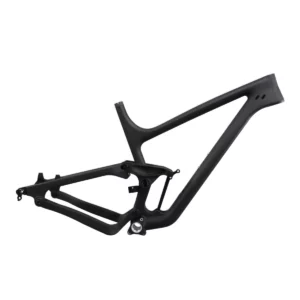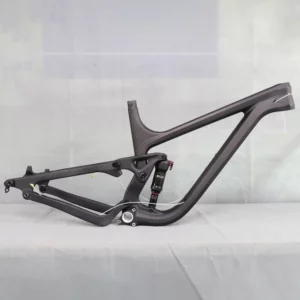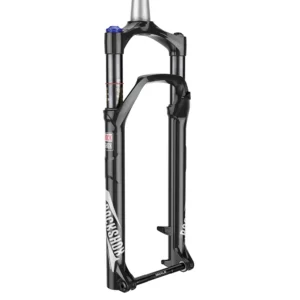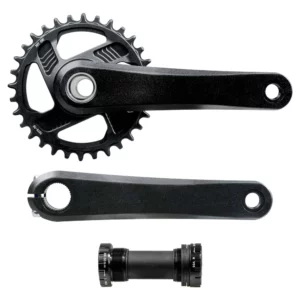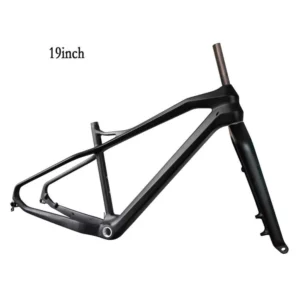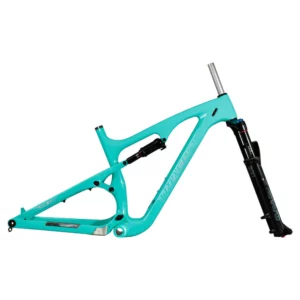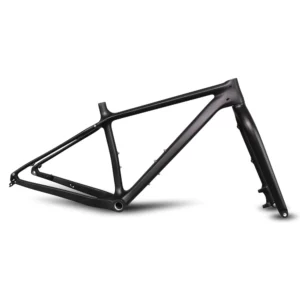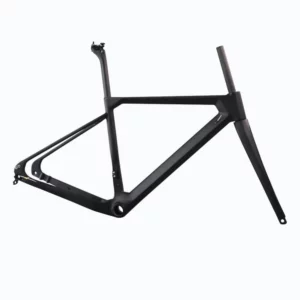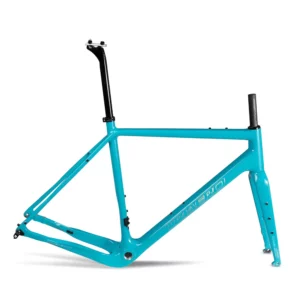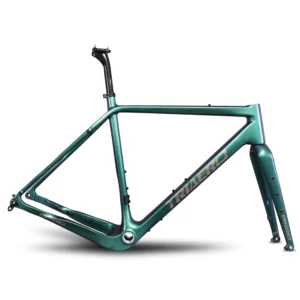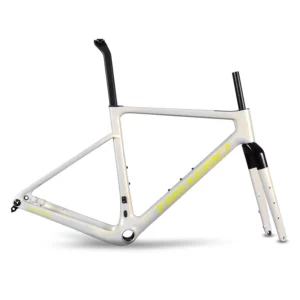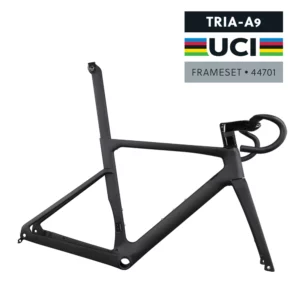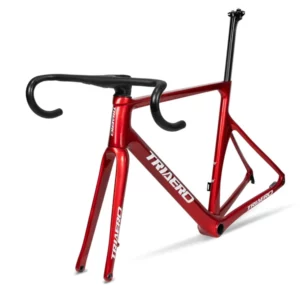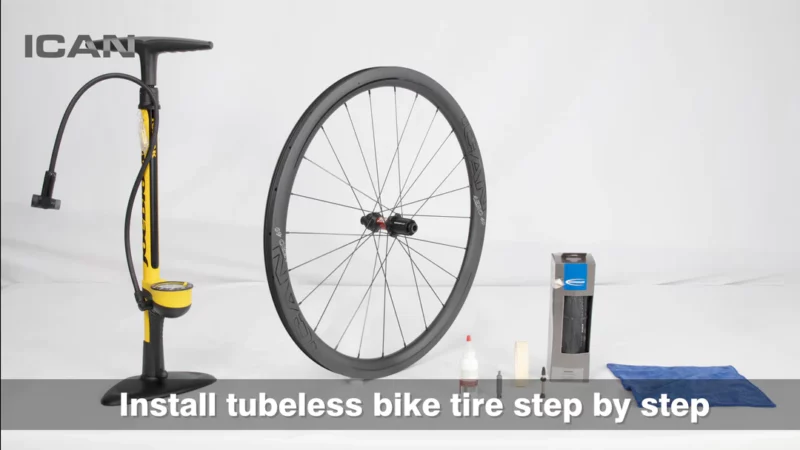28 Products
11 Products
18 Products
15 Products
42 Products
35 Products
CAMERA DRONES
Camera drones, also known as unmanned aerial vehicles (UAVs) or unmanned aircraft systems (UAS), are flying machines equipped with a camera that allows them to capture images and videos from a bird’s-eye view.
They come in a variety of shapes and sizes, from small, toy-like drones to large, professional-grade models. Camera drones can be used for a variety of purposes, including:
- Aerial photography and videography: Camera drones are used by photographers and videographers to capture stunning aerial images and videos. They can be used to capture landscapes, cityscapes, events, and more.
- Real estate: Realtors can use camera drones to create aerial tours of properties, which can help potential buyers get a better sense of the property and its surroundings.
- Search and rescue: Camera drones can be used to search for missing people or property in disaster zones or other difficult-to-reach areas.
- Agriculture: Farmers can use camera drones to monitor their crops, identify pests and diseases, and apply pesticides and herbicides more precisely.
- Inspections: Camera drones can be used to inspect roofs, bridges, and other infrastructure for damage.
- Delivery: Some companies are experimenting with using camera drones to deliver packages.
When choosing a camera drone, it is important to consider the following factors:
- Budget: Camera drones range in price from a few hundred dollars to several thousand dollars.
- Size and weight: The size and weight of the drone will affect its portability and maneuverability.
- Camera quality: The camera quality will affect the resolution and clarity of your images and videos.
- Flight time: The flight time will determine how long you can fly the drone on a single battery charge.
- Ease of use: Some camera drones are easier to fly than others.
If you are new to camera drones, it is important to start with a small, easy-to-fly model. There are also a number of resources available online and in libraries that can teach you how to fly a camera drone safely and responsibly.
Here are some of the popular camera drone brands:
- DJI
- Autel Robotics
- Parrot
- Skydio
HANDHELD
A handheld camera drone is not exactly a single device, but rather a combination of two technologies: a camera and a small, unmanned aerial vehicle (UAV).
The camera itself can be a dedicated action camera or a smartphone with a good camera. These cameras are then mounted on a small, lightweight drone frame with propellers. The drone is tethered to the camera or smartphone by a wire or wireless connection, allowing the pilot to control the drone’s flight and capture footage through the camera app.
Here are some of the benefits of using a handheld camera drone:
- Portability: Handheld camera drones are small and lightweight, making them easy to transport and take with you on the go.
- Affordability: Handheld camera drones are typically much more affordable than traditional camera drones.
- Ease of use: Handheld camera drones are relatively easy to fly, even for beginners. They often have features like altitude hold and headless mode, which can help to make flying more stable and predictable.
However, there are also some drawbacks to consider:
- Flight time: Handheld camera drones typically have shorter flight times than traditional camera drones.
- Image quality: The image quality from handheld camera drones may not be as good as the image quality from traditional camera drones, especially in low-light conditions.
- Regulation: Depending on the weight and capabilities of the handheld camera drone, you may need to register it with the aviation authority in your country.
Here are some things to consider when choosing a handheld camera drone:
- Budget: Handheld camera drones range in price from around $50 to $200.
- Camera quality: Consider the resolution, frame rate, and low-light performance of the camera.
- Flight time: How long do you need the drone to fly on a single battery charge?
- Ease of use: Look for a drone with features that will make it easy to fly, such as altitude hold and headless mode.
- Weight: The weight of the drone will determine whether you need to register it with the aviation authority in your country.
BIKE
A road bike is a bicycle designed for speed and efficiency on paved roads. They typically have lightweight frames, narrow tires, and drop handlebars.
Here are some of the key features of road bikes:
- Lightweight frame: Road bike frames are typically made from aluminum, carbon fiber, or titanium. These materials are strong and stiff, but also lightweight, which helps to reduce the overall weight of the bike and improve its performance.
- Narrow tires: Road bike tires are much narrower than mountain bike tires. This helps to reduce rolling resistance, which is the force that resists the forward motion of the tire. Narrower tires also provide a more responsive ride.
- Drop handlebars: Drop handlebars allow the rider to get into a more aerodynamic position, which can help to reduce wind resistance. They also provide multiple hand positions, which can help to reduce fatigue on long rides.
Road bikes are a great choice for a variety of activities, including:
- Commuting: Road bikes are a fast and efficient way to get around town.
- Fitness: Road cycling is a great way to get exercise. It’s a low-impact activity that can help to improve your cardiovascular health, strength, and endurance.
- Recreation: Road cycling is a great way to explore the outdoors and enjoy the scenery.
If you’re thinking about buying a road bike, there are a few things to consider. First, you’ll need to decide on a budget. Road bikes can range in price from a few hundred dollars to several thousand dollars. Second, you’ll need to think about what size bike you need. Road bikes come in a variety of sizes, so it’s important to get one that fits you properly. Finally, you’ll need to decide on what type of features you want on your bike. Some road bikes come with features like disc brakes and electronic shifting, but these features can add to the cost of the bike.
ROAD WHEELS
Road wheels are the circular components that allow a road bike to move. They are typically made up of three main parts:
Rim: The rim is the outer edge of the wheel that the tire sits on. Rims can be made from aluminum, carbon fiber, or a combination of both materials. Aluminum rims are strong and durable, but they can be heavier than carbon fiber rims. Carbon fiber rims are lighter and can improve the performance of a bike, but they can also be more expensive and more susceptible to damage.
Spokes: The spokes are the thin metal rods that connect the rim to the hub. They are responsible for transferring the weight of the rider and the bike to the hub. Spokes can be made from steel, stainless steel, or titanium. Steel spokes are the most common type of spoke, but they are also the heaviest. Stainless steel spokes are lighter than steel spokes and are more resistant to corrosion. Titanium spokes are the lightest type of spoke, but they are also the most expensive.
Hub: The hub is the center of the wheel. It contains bearings that allow the wheel to spin freely. Hubs can be made from aluminum, steel, or carbon fiber. Aluminum hubs are the most common type of hub, but they can be heavier than steel or carbon fiber hubs. Steel hubs are strong and durable, but they can also be heavy. Carbon fiber hubs are the lightest type of hub, but they can also be more expensive and more susceptible to damage.
There are two main types of road wheels:
Clincher wheels: Clincher wheels are the most common type of road wheel. They have a tire that is glued or hooked onto the rim. Clincher tires are relatively easy to repair and replace, but they can be heavier than tubeless tires.
Tubeless wheels: Tubeless wheels have a tire that is sealed against the rim with a special sealant. Tubeless tires can be lighter than clincher tires and they are less likely to get flats. However, tubeless tires can be more difficult to repair and replace than clincher tires.
When choosing road wheels, there are a few things to consider, such as:
- Weight: Lighter wheels can improve the performance of a bike, but they can also be more expensive and more susceptible to damage.
- Aerodynamics: Aerodynamic wheels can help to reduce wind resistance, which can improve the performance of a bike.
- Durability: Wheels need to be strong and durable enough to withstand the rigors of riding.
- Budget: Road wheels can range in price from a few hundred dollars to several thousand dollars.
ORIGINAL PRODUCTS
We always sell authentic original products to our customers
EXPRESS SHIPPING
Get all your orders delivered right next day you place your order
24/7 SUPPORT
Our customer support team is ready to help you in every point
FRAMES
Road bike frames are the foundation of the bicycle, where all the components come together. They are typically lightweight and designed for aerodynamics and stiffness for efficient power transfer. There are different frame materials, geometries, and brake configurations to consider when choosing a road bike frame.
Here are some of the common road bike frame materials:
- Aluminum: Aluminum is a popular choice for road bike frames because it is affordable, lightweight, and durable.
- Carbon Fiber: Carbon fiber is the lightest and stiffest frame material, but it is also the most expensive.
- Steel: Steel frames are known for their comfortable ride quality, but they are also the heaviest frame material.
- Titanium: Titanium frames are lightweight, strong, and corrosion-resistant, but they are also very expensive.
When choosing a road bike frame, it is also important to consider the geometry. The geometry of a frame refers to the angles of the tubes and the length of the tubes. The geometry of a road bike frame will affect the handling of the
bicycle. There are three main types of road bike frame geometry:
- Endurance: Endurance geometry bikes are designed for comfort and stability. They have a slacker head tube angle and a taller head tube, which puts the rider in a more upright position.
- Race: Race geometry bikes are designed for performance. They have a steeper head tube angle and a lower head tube, which puts the rider in a more aggressive position.
- Sport Touring: Sport touring geometry bikes are a compromise between endurance and race geometry. They offer a balance of comfort and performance.
Finally, you will also need to decide whether you want a rim brake or disc brake frame. Rim brakes are the traditional type of brake, while disc brakes are a newer technology that offers better braking performance in all weather conditions.
From The Blog
Sometimes some customers asking us how to install tubeless tire, which is the reason why we made a video and article.The article will be a guide to teach you how
s it difficult to Riding Fat Bike Winter ? People often assume riding a fat bike is difficult or more challenging than riding an “ordinary” bike. If truth be told, it
You might have seen a lot of cycling media telling you need a gravel bike. You might now be trying to work out what is the difference between a gravel

